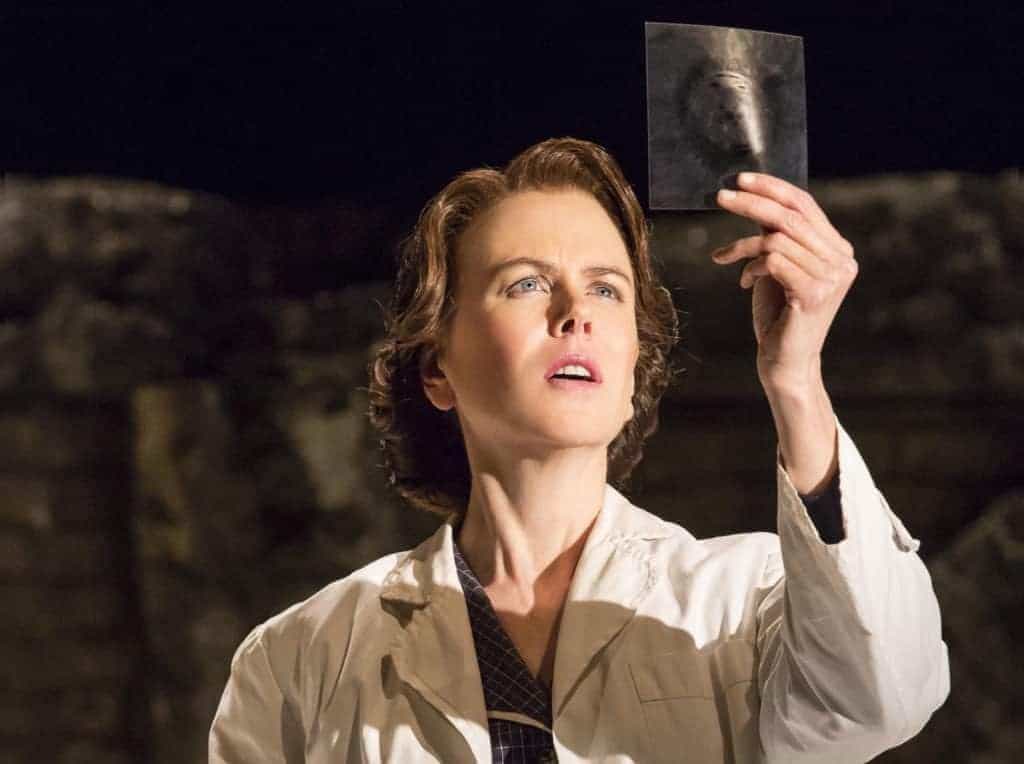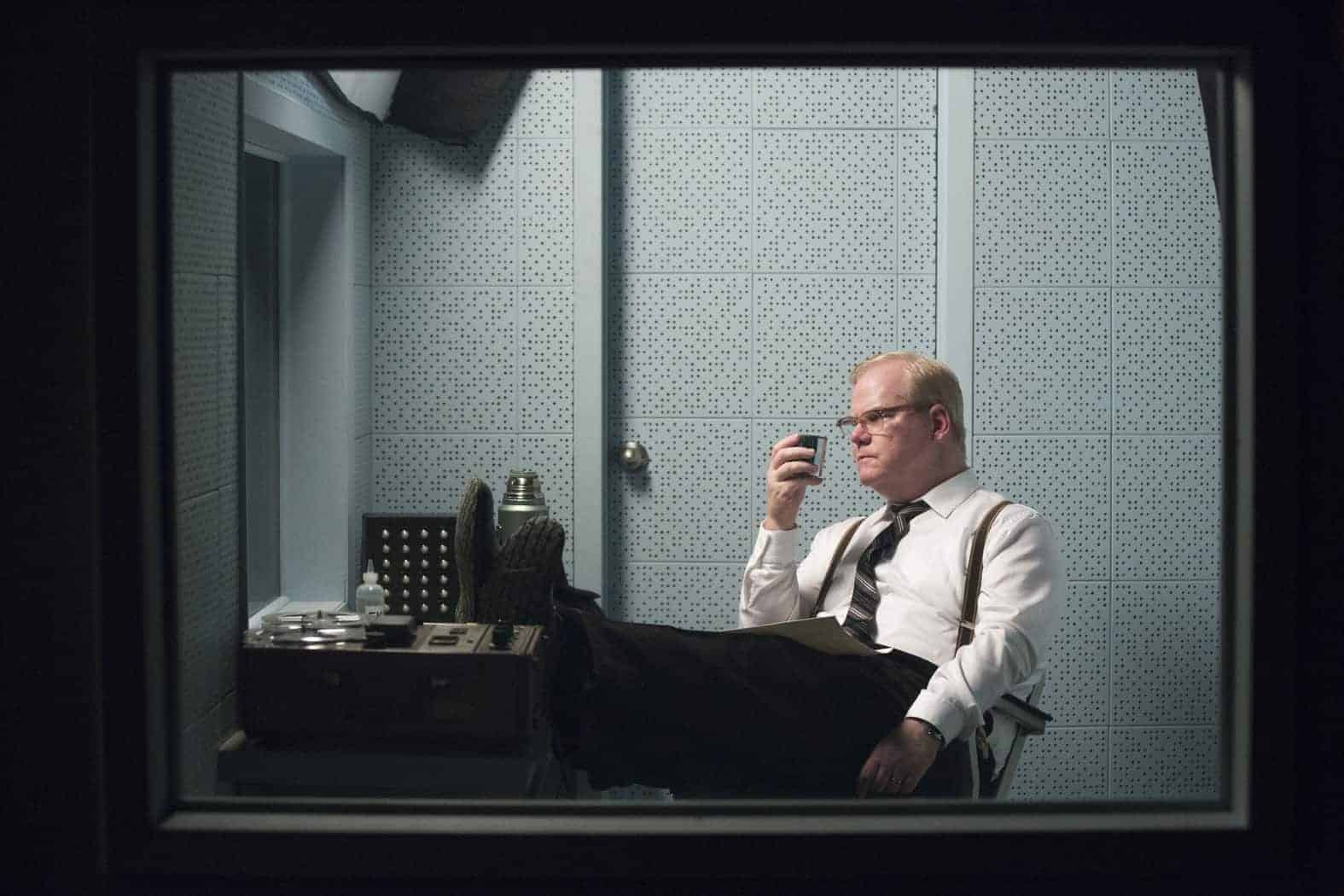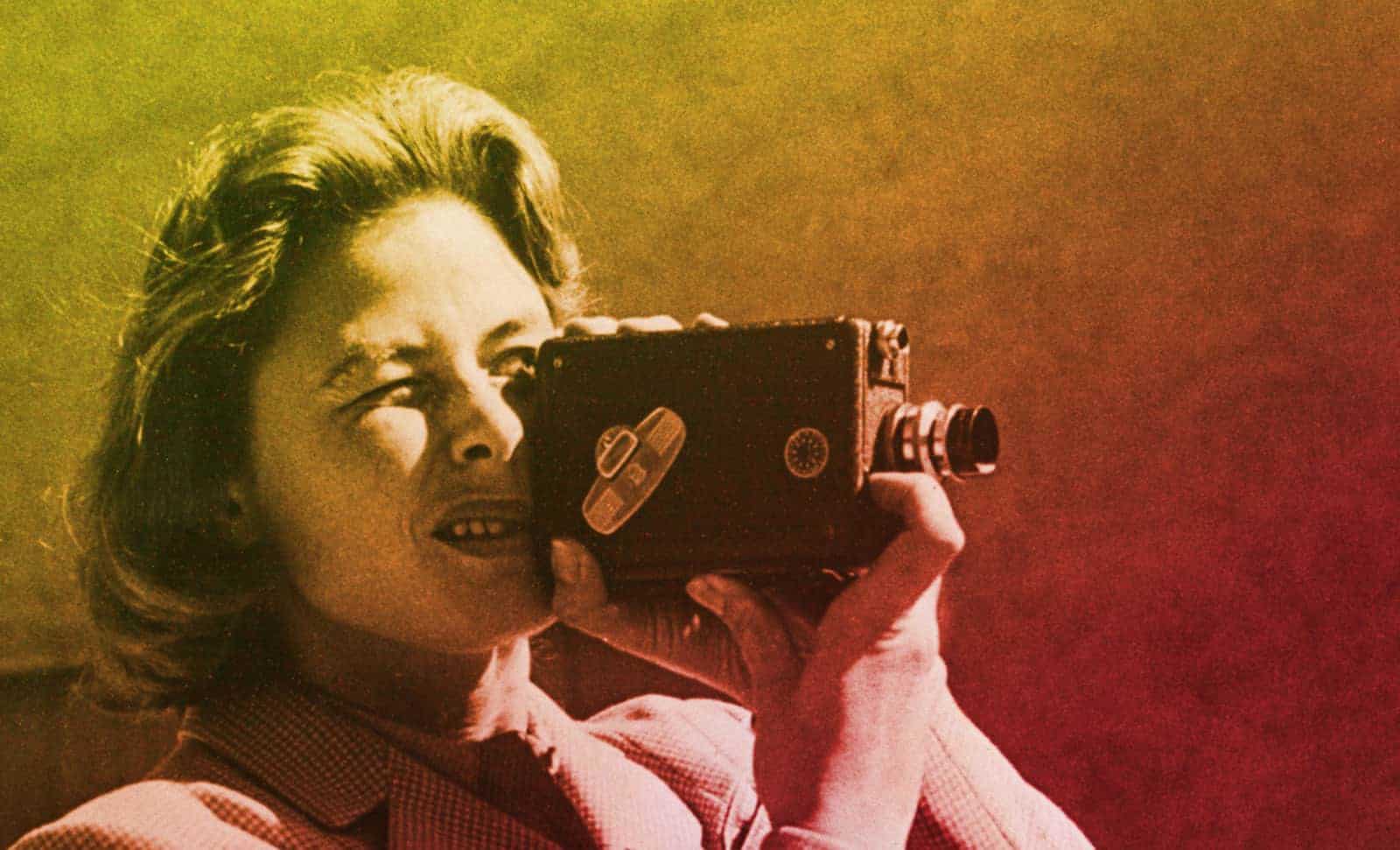Photograph 51 suggests that sexism kept Franklin conservative, reluctant to be right because as a woman, she could never, ever be wrong. Ziegler’s text depicts a woman who had all the evidence but didn’t put the pieces together because she was afraid to prematurely commit herself.

Dr. Rosalind Franklin was not a social butterfly. Prickly, aloof, and single-mindedly devoted to science, she did not take easily to kindness from men because it often masked condescension. Yet Franklin’s X-ray crystallography images proved key to discovering the structure of DNA — particularly the image labelled Photograph 51, which was the first conclusive evidence of DNA’s helical structure. Franklin’s research was shared without her knowledge or consent with Francis Crick (Edward Bennett) and the odious James Watson (Will Attenborough), who famously identified the double-helix model of DNA in 1953. Photograph 51, Anna Ziegler’s play at the Noel Coward Theatre in London, aims to resurrect Franklin’s (Nicole Kidman) neglected contribution to this search for the structure of life.
Director Michael Grandage’s minimalist staging is appropriate for a story that has been hitherto untold. The set has two levels, but characters appear only on the lower one, down among the broken arches of a bombed-out postwar underground. A glow illuminates Kidman’s expressive features when she holds camera images up to the light, but otherwise the set remains dimly lit — this story has literally been buried.
Though Photograph 51 depicts Franklin’s slice of the double-helix discovery, it’s far from a one-woman show. The play proceeds as a chronological series of monologues and conversations by all six of the play’s scientists. Together, these recount how Franklin’s research figured into Watson and Crick’s discovery. Grandage’s blocking emphasizes Franklin’s curious position as both essential and peripheral to the play’s events: while male scientists bicker or kibbitz at the front of the stage, Franklin herself frequently remains in the background. Yet the play itself is inherently feminist because even when the men are the focal point on the stage, their conversations focus on a woman.
Kidman embodies the Franklin I read about in high school: standoffish, assertive, and unwilling to play the game. This attitude engendered resentment, since her male colleagues simply did not know how to deal with her. One man notes significantly, “The Jews” can be a bit, you know…” “Women like kindness,” Crick declares, so Franklin’s lab partner Maurice Wilkins (Stephen Campbell Moore) gives her chocolates. He’s treating his colleague like a girlfriend whom he has miffed; Franklin looks at him like he’s grown another head.
Ziegler’s script portrays Franklin’s uncooperativeness as a defence against sexism. Kidman’s Franklin is clearly capable of warmth, conveyed in Franklin’s affectionate goodbye to some former colleagues. Her hackles only rise when she’s not being taken seriously. For instance, when Wilkins first meets Franklin, he assumes she’ll be his assistant. She bridles, and he quickly amends this to “partners.” But this attitude is common among her colleagues. “Why won’t she share her results?” Watson and Crick complain, even as they work furiously on a new model in secret.
Photograph 51 suggests that sexism kept Franklin conservative, reluctant to be right because as a woman, she could never, ever be wrong. Ziegler’s text depicts a woman who had all the evidence but didn’t put the pieces together because she was afraid to prematurely commit herself. In contrast, Watson and Crick had already published one failed model, yet felt no reluctance about proposing another. They stole a march on Franklin because they weren’t afraid to fail. Had Franklin widely publicised her work, she might have received broader recognition, but she could not afford the risk of uncertainty. While her male colleagues bat around theories at center stage, Franklin remains hunched over her camera, unwilling to speculate until she’s gathered truly definitive data. As it is, Watson and Crick felt no need to credit her for the images important to their discovery. Couldn’t have done it without you, Rosy — not that you knew it at the time.
For all this, Photograph 51 is curiously anodyne. Sexism in science is a controversial topic, but this production is more politically correct than provocative. Although historians still debate the influence of the eponymous Photograph 51 on Watson and Crick’s model, this play takes a just-the-facts-ma’am approach: Franklin was known to take very good crystallographs, which she was skilled at interpreting; they were shared without Franklin’s knowledge or consent; Watson and Crick saw them and recognized them as valuable. The play calls out sexism, but only within this particular story: it’s not a call for change. The play doesn’t acknowledge that there are many other difficult women like Rosalind Franklin, whose work ― whatever its significance ― remains unsung.
Photograph 51 plays in London until November 21. Day seats are released at 10:30 a.m. from the box office.

